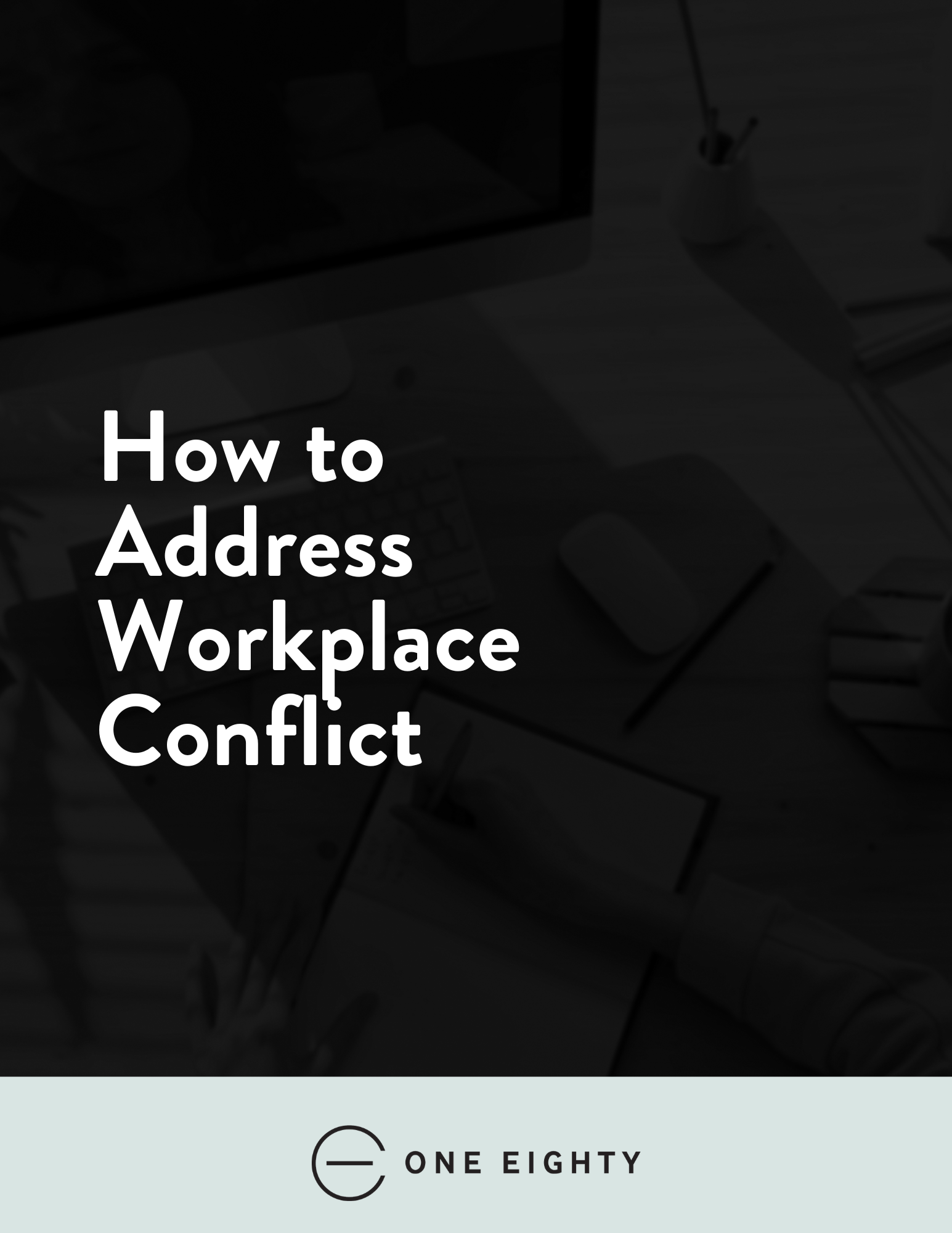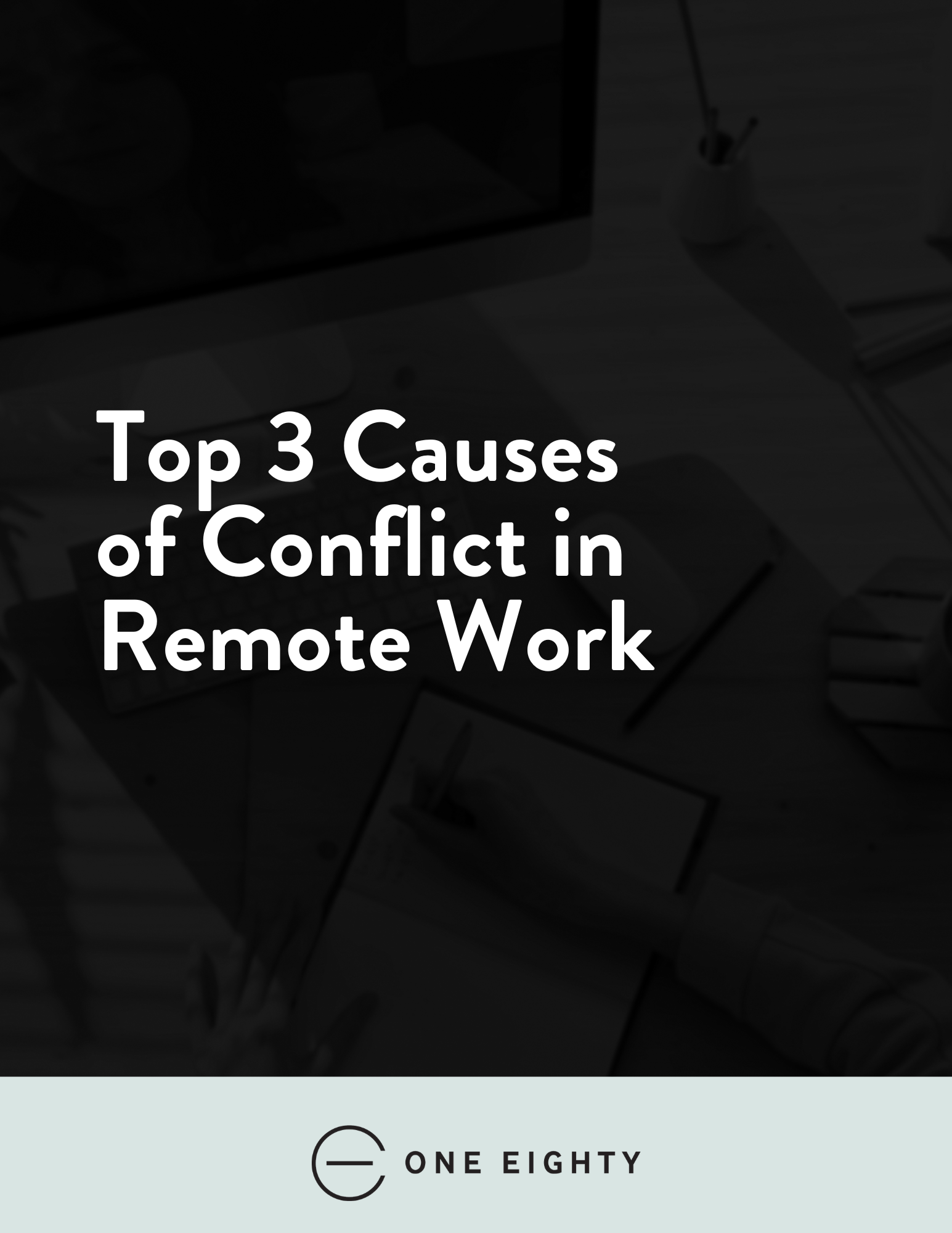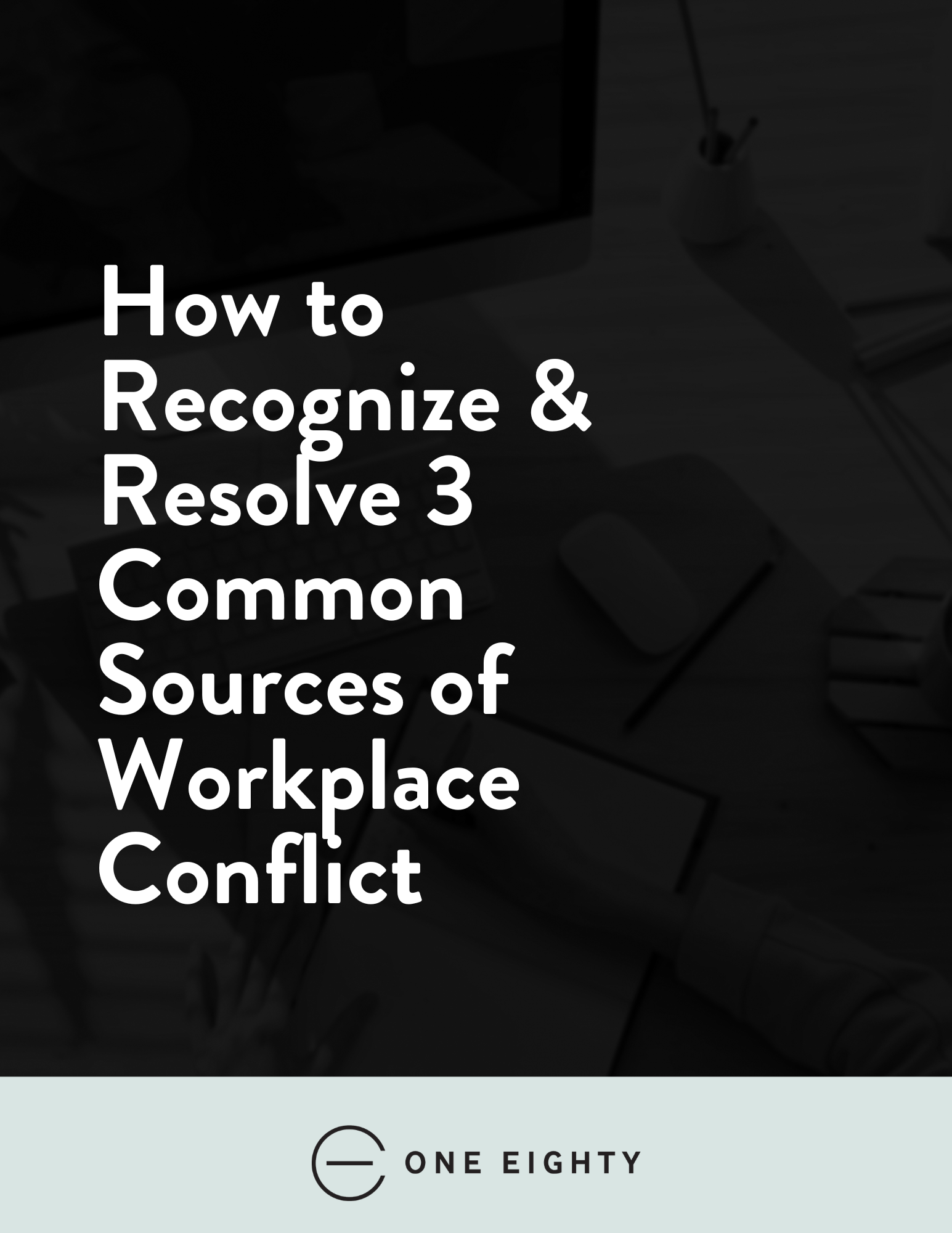As humans, we’re constantly searching for common ground to connect with others. Core values help us do that with a shared, organizational ethos that relates to people both as individuals and team members. Similarly, a business’s core values can also set the tone for professional relationships in the workplace.
Read MoreOne of the hardest things while working remotely is figuring out how to communicate effectively. Since you’re in the comfort of your own home and not in a traditional office setting, it can be difficult to remember that you’re at work. The remote worker is an island unto themselves in many ways. Leaders attempt to bring the team together as much as possible with camera-on meetings, one-on-one check-ins, and virtual team-building exercises. Still, remote workers are their bosses, their project managers.
Read MoreYou’ve worked hard all year. You’ve sacrificed time, energy, and other opportunities to reach your work goals. As the final quarter wraps up, it’s time to celebrate your professional accomplishments. Sometimes Christmas bonuses are offered, promotions are announced, and one final update is given. In this article, we’re offering party planning tips for leaders and etiquette tips for employees.
Read MoreAs we start to close out the year and embark on a new year, ensuring you have successful meetings as a facilitator are critical. Download and read more.
Read MoreImagine a workplace environment where your boss trusts you to do your job without hovering or sending a status update email every day. It doesn’t seem real, does it? Download and learn more.
Read MoreWhen it comes to improving communication, you might think in terms of what to say and how to say it. Many people are naturally solution-oriented, so we tend to rush ahead in conversation; to plan and prioritize our personal points first. While it’s important to know how to speak from your own perspective, resolving issues effectively—and not just quickly—requires empathy and objectivity.
Read MoreThe workplace is a delicate balance of interpersonal personalities, particularly between an employee and a manager. No employee wants to be in conflict with their direct supervisor or any other tiers of leadership. Download and learn more.
Read MoreThe workplace is a delicate balance of interpersonal personalities, particularly between an employee and a manager. Download and learn more.
Read MoreEven when framed in a positive light, the term “workplace conflict” sounds like an unpleasant one. It implies arguments, power struggles, fights—basically everything people try to avoid, especially at work! Download and learn more.
Read MoreThink you might be experiencing conflict at work? Maybe it resulted from miscommunication, a tight deadline, or something more personal, but the bottom line: it’s something you can’t solve on your own. Download and learn more.
Read MoreOne of the hardest things while working remotely is figuring out how to communicate effectively. Download and learn more.
Read MoreThe term quiet quitting gives the impression of a passive-aggressive middle finger to overbearing leadership and overtime hours. It’s being called the rebellion of the lazy and accused of meaning starting the workday at 10:00 a.m., leaving at 3:00 p.m., and including an hour of lunch with four 20-minute breaks. To whoever believes this definition, we strongly recommend digging deeper into the concept of quiet quitting rather than the trendy phenomenon making it popular.
Read MoreMany of us were taught through behaviors modeled - perhaps by our parents, family members, bosses, and/or leaders - that being agreeable is important – especially at work. Get along with your colleagues. Download and learn more.
T
Read MoreFrom a purely literal perspective, the phrase, “let’s agree to disagree” sounds fine. It implies that although two ideologies are very different, those who subscribe to them can still coexist. Download and learn more.
Read MoreIn the ever-adapting world of hybrid work, it’ll take longer for team dynamics to develop remotely, especially for new employees. Here are some ways to generate and maintain strong, healthy team dynamics from wherever you get your work done. Download and learn more.
Read MoreYou know there’s conflict at work. You can feel the tension in the air. But you have absolutely no idea what to do about it. Download and learn more.
Read MoreIf you’re a manager or leader in the workplace, your team probably knows all about your management style, team values, and work preferences. You may even communicate all these things regularly, so team members know exactly when to come to you for help. If so, good job. But remember: it’s also up to you to provide the right kind of help, and sometimes it can be hard to determine if what you’re doing is actually—well, helpful.
Read MoreAwkward moments are just a part of life. Like death and taxes, we all experience them. Some of the most common awkward moments happen in public, at work. There are tips and tricks you can use to minimize and endure your awkward moments. With that in mind, here are 4 ways to cope with some common awkward workplace moments.
Read MoreWe’ve outlined the 4 phases of mediation and what you can expect during each as you navigate conflict management and team communication in your organization. Download and learn more.
Read MoreIn a small business, unresolved conflict could mean the difference between staying open or closing your doors for good. You may have amazing leadership skills, but it’s not always appropriate for leadership to resolve conflict in the workplace. Sometimes, it’s best to ask for help.
Read More



















